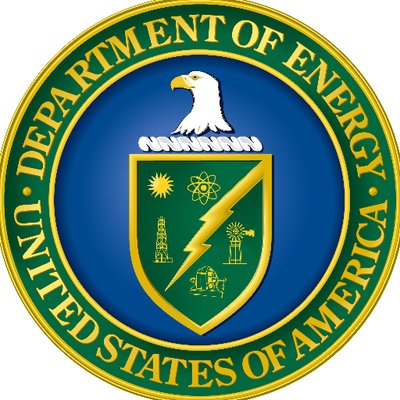
Weapons Complex Monitor Vol. 35 No. 01
Visit Archives | Return to Issue PDF
Visit Archives | Return to Issue PDF
Weapons Complex Monitor
Article 1 of 10
January 05, 2024
Mega-merger, procurements, protest, SRS and clean-energy loom in 2024

A proposed merger of two industry heavyweights, already partners on about $37 billion worth of Department of Energy nuclear-cleanup contracts, will be among the most-watched issues in 2024 for Weapons Complex Monitor.
Virginia-based Amentum plans to merge with…
Partner Content